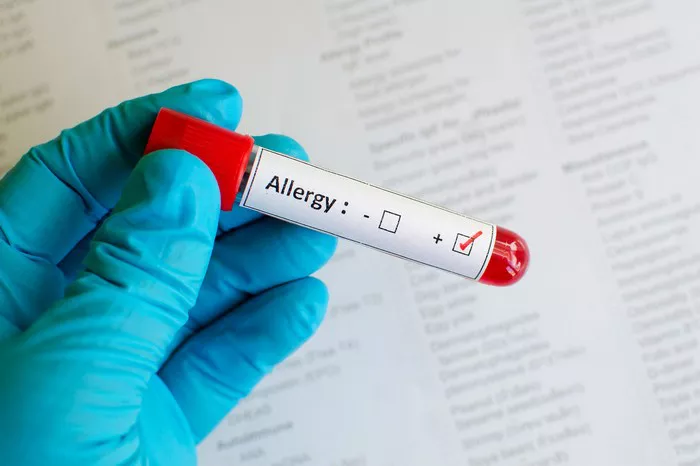Researchers at the University of California, San Francisco (UCSF), have unveiled a groundbreaking method for allergy testing that relies on saliva samples rather than traditional skin prick tests or blood draws. This non-invasive approach could revolutionize how allergies are diagnosed, particularly in children and individuals with sensitive skin.
The study, published in the Journal of Allergy and Clinical Immunology, details how biomarkers in saliva can accurately detect immunoglobulin E (IgE) antibodies, which are key indicators of allergic reactions. Unlike blood tests, which require venipuncture, or skin tests, which can cause discomfort, saliva testing is painless and can be performed at home with a simple collection kit. The research team identified specific proteins and genetic markers in saliva that correlate strongly with IgE levels, allowing for precise allergy detection without invasive procedures.
One of the most promising aspects of this innovation is its potential for widespread accessibility. Saliva tests can be mailed to laboratories, eliminating the need for multiple doctor visits. This is particularly beneficial for patients in rural or underserved areas where allergy specialists may be scarce. Additionally, the test can screen for multiple allergens simultaneously, including food allergies, environmental triggers like pollen and dust mites, and even rare allergens that are difficult to diagnose with conventional methods.
The UCSF team is now collaborating with biotech companies to develop a commercial version of the test, which could be available within the next two years. If successful, this method may become the new gold standard for allergy testing, offering a faster, cheaper, and more patient-friendly alternative to existing techniques.
Another advantage of saliva-based testing is its potential for monitoring allergy progression over time. Since the test is non-invasive, patients can undergo repeated testing without discomfort, allowing doctors to track changes in IgE levels and adjust treatment plans accordingly. This could be particularly useful for individuals undergoing immunotherapy, where regular monitoring is essential to assess effectiveness.
Despite its promise, the saliva test is not without challenges. Researchers note that further validation is needed to ensure its accuracy across diverse populations. Factors such as diet, oral hygiene, and underlying medical conditions could influence test results, requiring standardized protocols to minimize variability. Nevertheless, the scientific community is optimistic that this innovation will pave the way for a new era in allergy diagnostics.
You Might Be Interested In:
- Climate Change and Shifting Fish Populations May Alter Allergy Patterns
- Breakthrough in Epitope Mapping Offers Hope for More Accurate Fish Allergy Diagnosis
- The Emergence of Antibiotic-Resistant Diarrheal Pathogens: A Looming Crisis

